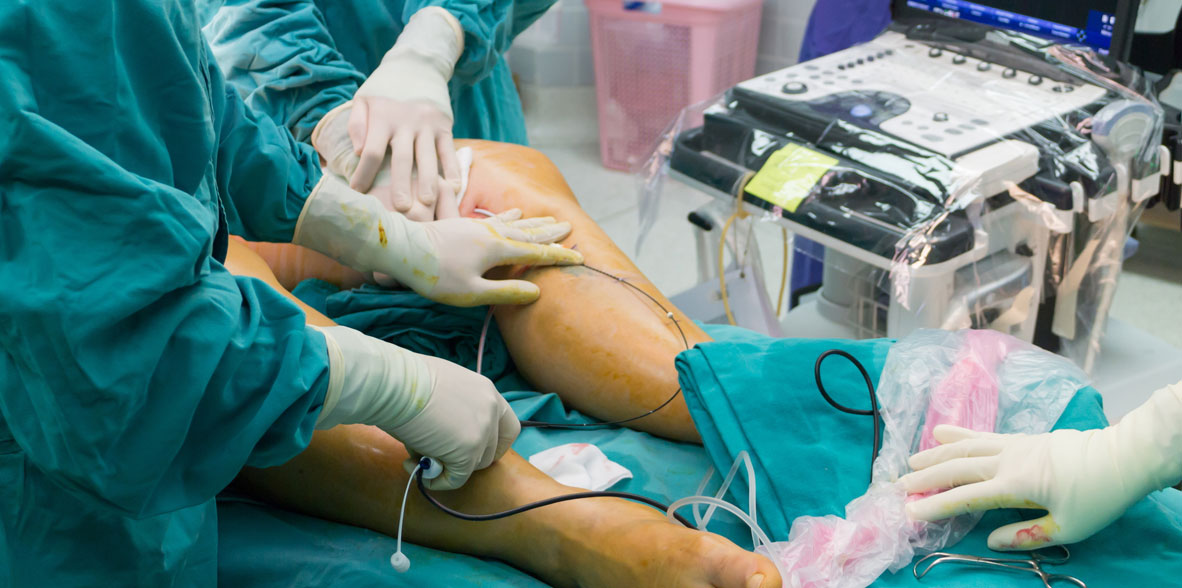

The different international studies, such as EUROSTAR, among others, demonstrate to us, that the techniques of endovascular repair for thoracic aortic aneurysms offer lesser mortality rates and complications at short and medium-terms. The most feared complication in aortic thoracic surgery is paraplegia because of the danger of having the circulation that carries blood to the spinal column interrupted. Endovascular surgery reduces this risk by three times, although it does not completely eliminate it. We are speaking of a rate of paraplegia of 2%. Although the initial results are spectacular; nevertheless, yearly follow-up for these patients is recommended for the purpose of detecting late complications, which, although rare, are less than 10%, and which require a new repair, generally an endovascular one. Also, patients operated on with open surgery require a post-operative annual check-up, even though the possibility of a re-intervention is less than those operated on with an endovascular means.
In our group, with an experience of more than 250 thoracic endografts, the mortality rate has been 3%, including acute and emergency cases. During the average follow-up of six years, a new repair has been required in 4% of the patients treated endovascularly. Our rate of paraplegia is 1%.



































